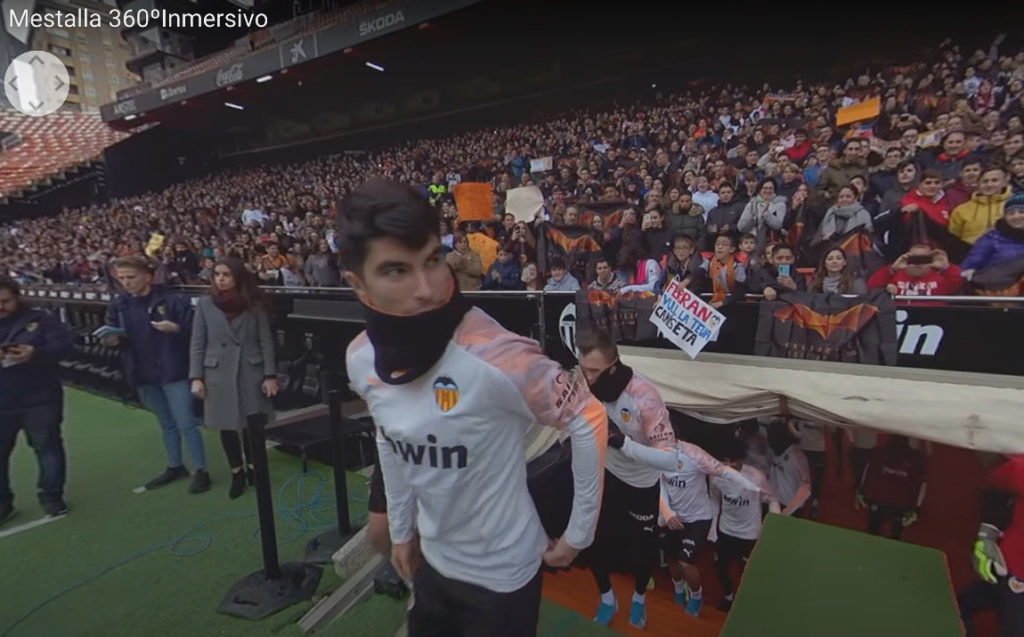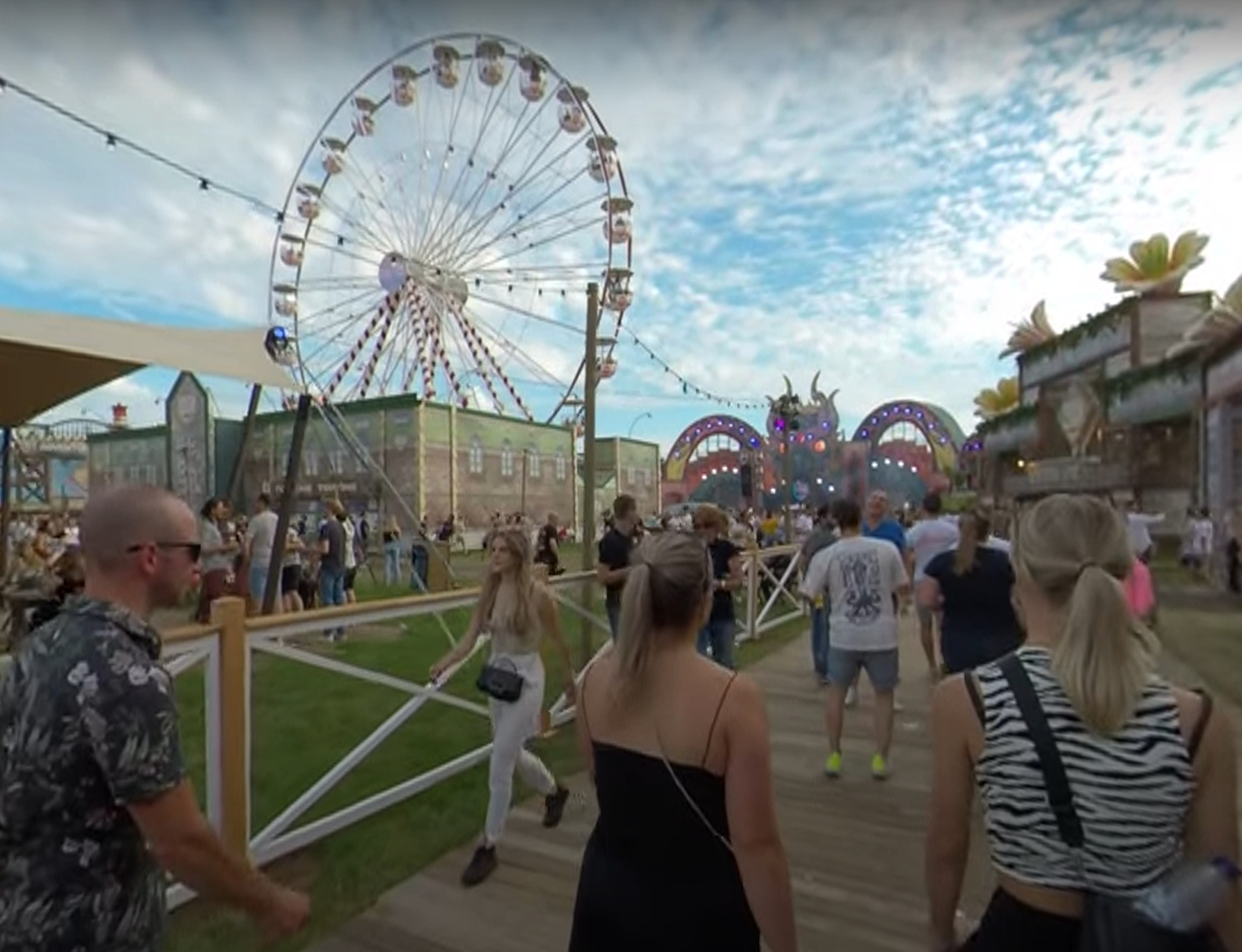By Jaime Díaz González, Software engineer at Quasar Dynamics
360 video enriches sports entertainment
We believe that 360 videos are the future of sports entertainment. The problem of the current sports broadcasting is its constancy: it has not changed in the past 70 years. Obviously, the broadcasting quality has improved and now we have colours, HD, 4K or even 8K resolution. Even so, you still watch the match from a TV without the ability to interact.
Quasar Dynamics has been exploring the use of 360 videos and the results are promising. We used 360 3D immersive technology. It is a type of video technique that captures a 360-degree field of view in three dimensions. The technology allows the viewer to explore and interact with the video by moving their head or device, providing a more immersive and engaging experience. We have visualized the idea in this video.
Unfortunately, the technology also has a big drawback. To get an immersive experience, you need a VR headset. It is not common to have VR glasses home, so at the moment, the reach of the technique is not yet great. The cheapest headset option is Oculus Quest with a price of almost 300 euros. However, a smartphone and a VR cardboard offer a similar experience for just 25 euros.
You may also like to read: Screen Story’s persperctives on business opportunities
A new way of sports broadcasting
In our first 360 video project, we were able to record a training session for the Valencian football team. We had multiple perspectives recorded: players leaving the locker room, the goalkeeper practising and players contacting the audience by the bleachers. In the post-production, we added more 3D content like a volcano-style environment to add a great introduction.

After trying the technique with multiple people of all ages, we can ensure that the experience has been well-received. Everyone in the test group agrees that it provides a turning point in the way sports should be broadcasted.
360 video adds immersion to music festivals
Another business opportunity for 360 videos technology is festivals, concerts, and events. During the covid-19 breakout, Quasar Dynamics explored the possibility of broadcasting a music festival using 360 video technology. The plan wasn’t implemented but we started to contact companies with the idea.
We had the chance to record the WiSH Outdoor festival, an annual multi-day electronic dance music festival in The Netherlands. It features multiple stages with a variety of EDM genres, as well as art installations, food and drink vendors, and other activities.



We recorded the DJ stage, VIP areas and other interesting facilities. The result was entertaining, as the atmosphere was transmitted via the technology. You could really think that you were present at the festival with the rest of the people.
You can watch a video recording from the event below. Use your cursor to move the camera angle.
Family events have business potential
One potential field in the B to C market is weddings and other family events. Today, people spend a lot of money on two-dimensional photographs and videos.
To liven up the customer’s experience, we are about to offer wedding recording services. As 360 videos allow the customer to relive the special day as many times as they want. This can add great value to the experience.
Conclusion about 360 video market
All in all, we see that 360 video technology has great potential and new business opportunities. The level of immersion is not yet available in any of the competitive techniques: the experience in the real-life event recordings is unique. Metaverses and 3D environments are very costly as you need to model every single detail on that world.
Unlike TVs and computers, VR glasses are not yet in every first-world home. The reason for it is the lack of experience: people haven’t tried them yet. Therefore, the next challenge will be to t spread the word, reduce the costs, and improve the experience.

